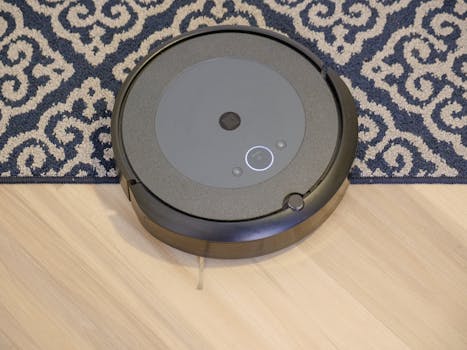
Smart Homes and Smart Living: The Technological Transformation of European Homes by 2025
Smart Homes and Smart Living is the future of European homes, with technological advancements transforming the way we live, work, and interact with our living spaces. By 2025, European homes are expected to be equipped with cutting-edge technologies that will make our lives easier, more convenient, and more enjoyable.
Introduction to Smart Homes
A smart home is a home that is equipped with advanced technologies that allow for remote monitoring, control, and automation of various systems and appliances. These technologies include artificial intelligence, Internet of Things (IoT), and machine learning, which enable homes to learn and adapt to the preferences and habits of their occupants.
Smart homes are designed to provide a high level of comfort, convenience, and energy efficiency. They are equipped with sensors, cameras, and other devices that monitor and control temperature, lighting, security, and entertainment systems. For example, a smart thermostat can learn a homeowner’s schedule and preferences to adjust the temperature accordingly, while a smart lighting system can be controlled remotely to turn lights on and off or adjust their brightness.
Technological Transformation of European Homes
By 2025, European homes are expected to undergo a significant technological transformation. According to a report by the European Commission, the smart home market in Europe is expected to grow from €15.6 billion in 2020 to €32.4 billion by 2025, at a compound annual growth rate (CAGR) of 13.4%.
This growth will be driven by the increasing adoption of smart home devices, such as smart speakers, smart thermostats, and smart security cameras. Additionally, the development of 5G networks and the Internet of Things (IoT) will enable faster and more reliable communication between devices, making it possible for homes to become even more intelligent and interactive.
Benefits of Smart Homes
Smart homes offer a wide range of benefits to homeowners, including increased comfort, convenience, and energy efficiency. For example, a smart home can be programmed to adjust the temperature, lighting, and entertainment systems to create a relaxing atmosphere, while a smart security system can provide an additional layer of protection and peace of mind.
Smart homes can also help to reduce energy consumption and lower utility bills. For example, a smart thermostat can optimize heating and cooling systems to use less energy, while a smart lighting system can automatically turn off lights when not in use.
Challenges and Limitations
While smart homes offer many benefits, there are also challenges and limitations to consider. One of the main challenges is the high upfront cost of smart home devices and systems, which can be a barrier to adoption for many homeowners.
Additionally, there are concerns about the security and privacy of smart home systems, as they can be vulnerable to hacking and data breaches. Therefore, it is essential to choose reputable and secure smart home products and to follow best practices for securing and maintaining smart home systems.
Conclusion
In conclusion, the concept of smart homes and smart living is revolutionizing the way Europeans live, with advanced technologies transforming homes into intelligent, interactive, and interconnected spaces. By 2025, European homes are expected to be equipped with cutting-edge technologies that will make our lives easier, more convenient, and more enjoyable.
While there are challenges and limitations to consider, the benefits of smart homes make them an attractive option for many homeowners. As the smart home market continues to grow and evolve, we can expect to see new and innovative technologies emerge that will further enhance the smart home experience.




